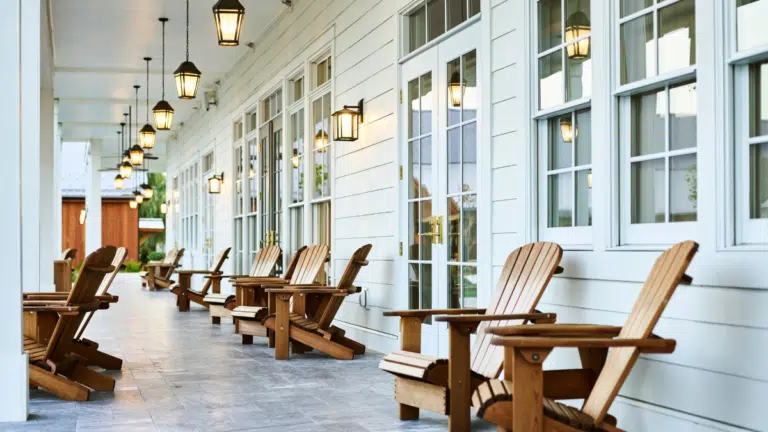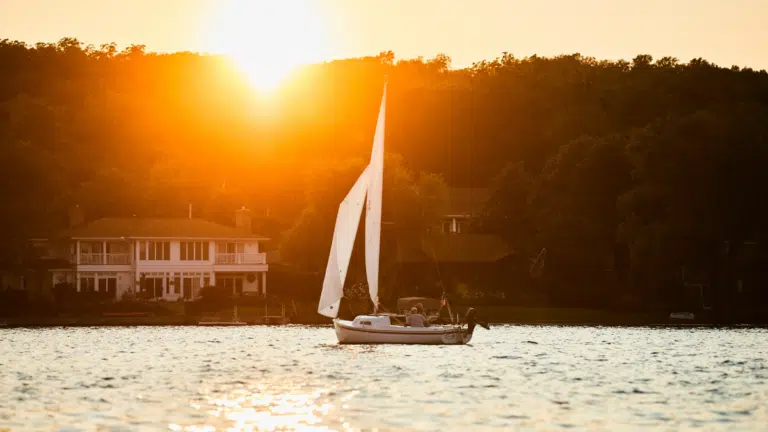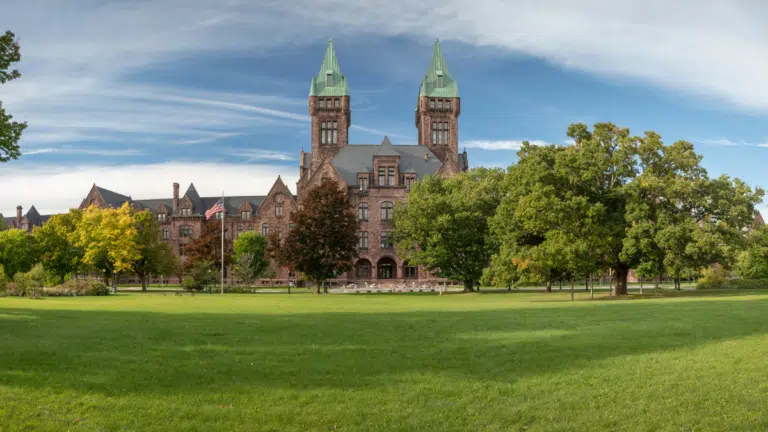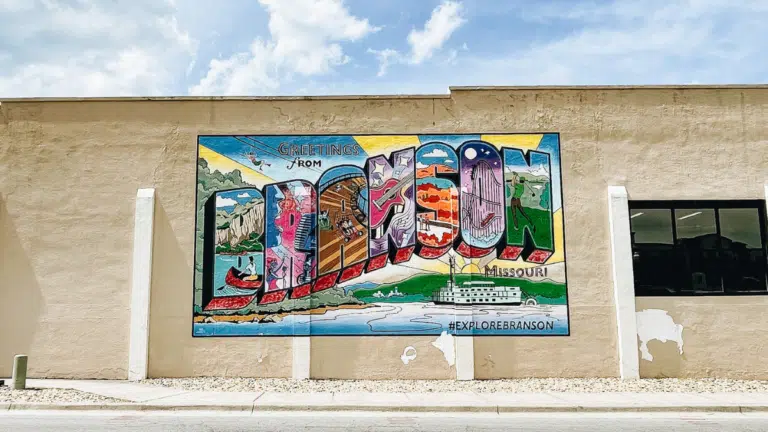Watkins Glen, New York: Ultimate Local’s Guide for Visitors [2023]
Visit Watkins Glen, New York, one of the most impressive destinations in Upstate New York. Our ultimate (locals!) guide will help you explore.
![Watkins Glen, New York: Ultimate Local’s Guide for Visitors [2023]](https://explorersaway.com/wp-content/uploads/2023/09/watkins-glen-ny-768x432.png.webp)
Visit Watkins Glen, New York, one of the most impressive destinations in Upstate New York. Our ultimate (locals!) guide will help you explore.
![Camping in the Finger Lakes: A Local’s Finger Lakes Camping Guide [2023]](https://explorersaway.com/wp-content/uploads/2023/09/camping-in-the-finger-lakes-768x432.png.webp)
Camping in the Finger Lakes is the best in Upstate New York. Our ultimate local guide to Finger Lakes camping helps you have the best experience.

Looking for a memorable lakeside getaway in Upstate New York this summer? The Lake House on Canandaigua is it! Here’s our first-hand review.
![10 Best Buffalo Hotels For Your Stay [2023]](https://explorersaway.com/wp-content/uploads/2023/06/buffalo-hotels-768x432.png.webp)
Looking for the right Buffalo hotels for your trip? Whether you’re in Buffalo for a vacation or a staycation, these are the 10 best hotels in Buffalo.

Buffalo is back and better than ever. These are the 20+ things to do in Buffalo you won’t want to miss, on vacation or for a fun staycation!

Looking for the best destinations for a weekend escape or a longer stay in the Finger Lakes? These are the 10 best Finger Lakes hotels to consider.

On the Richardson Olmsted campus, The Richardson Hotel offers a luxurious stay among Buffalo’s most historic areas. Here’s our first-hand review.

Don’t leave these best things to do in Branson Missouri off your itinerary! Our guide to the best things to do in Branson MO helps plan a perfect trip.

Traveling to the Ozark Mountains? This ultimate guide includes where to stay, how to get here, and the best things to do in the Ozarks.

Plan your best trip to the Ozarks with this ultimate guide. From waterfalls to world-class flea markets, these are the best things to do in the Ozarks.

There’s nothing like a summer vacation at the lake. These 23 lake towns are the most impressive and charming lake town destinations in the US!

Want to swim in crystal-clear water but can’t go to the Caribbean? Visit these breathtaking clear lakes in the U.S. for an experience close to home.